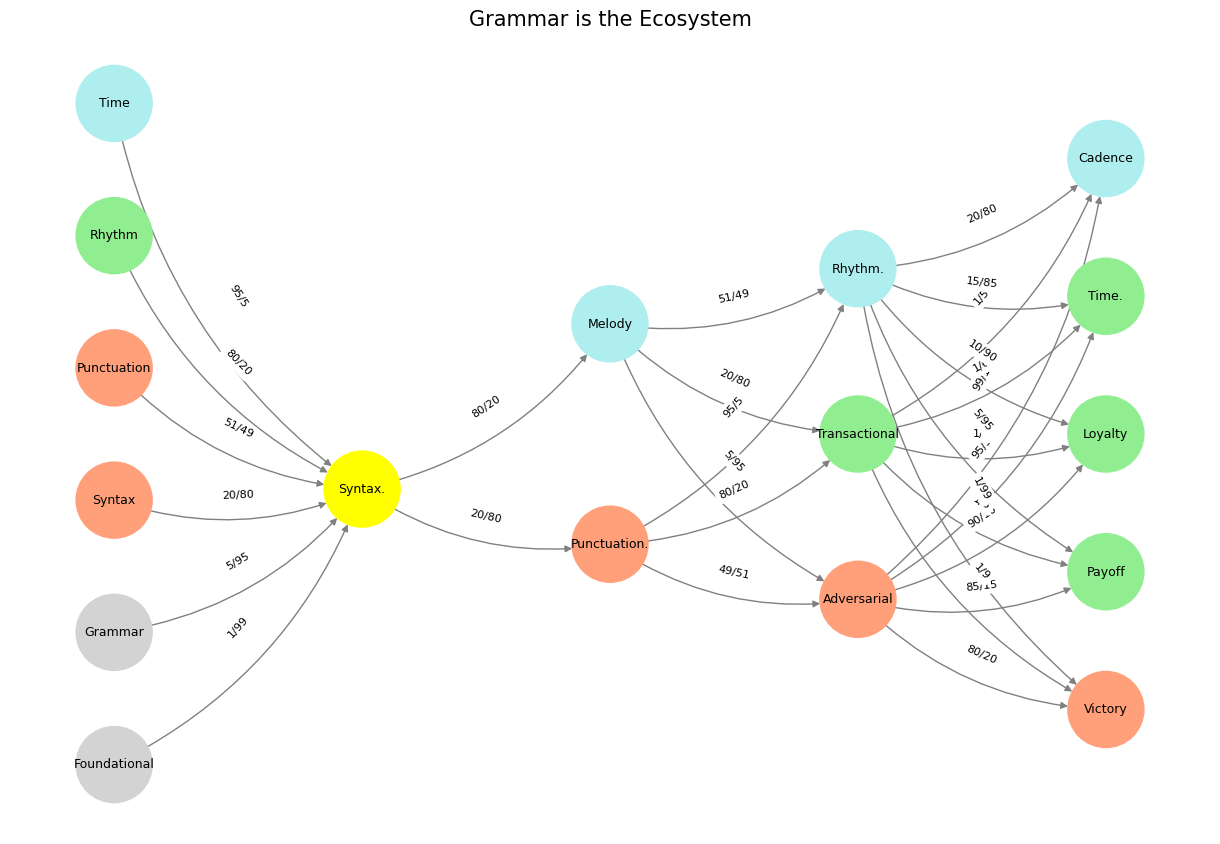Traditional#
Brodmann Area 22 and Interhemispheric Communication: A Neuroanatomical and Neurophysiological Analysis#
Brodmann Area 22 (BA22), primarily located in the superior temporal gyrus (STG) of the cerebral cortex, is best known for its involvement in language processing, particularly Wernicke’s area in the dominant hemisphere (typically the left hemisphere in right-handed individuals). However, its role extends beyond mere language comprehension—it is deeply involved in semantic integration, phonological processing, and interhemispheric communication via white matter tracts connecting both hemispheres.

Fig. 31 Delighted to align Brodmann’s Area 22 (Right) Nietzsche’s Birth of Tragedy out of the Spirit of Music (or Hellen and Pessimism) with Schizophrenia, Meaning, and Existentialism#
1. Neuroanatomy of Brodmann Area 22#
BA22 can be divided into:
The posterior superior temporal gyrus (pSTG), which overlaps with Wernicke’s area (language comprehension)
The anterior superior temporal gyrus (aSTG), which integrates prosodic and affective components of speech (emotional tone, inflection)
The two hemispheres coordinate through white matter pathways, particularly the corpus callosum, but also via subcortical relays and associational fiber networks.
2. Interhemispheric Communication: White Matter Pathways#
A. Corpus Callosum Connections#
The corpus callosum, particularly the splenium and isthmus, is heavily involved in cross-hemispheric language integration.
The posterior corpus callosum (splenium) connects auditory and multimodal processing regions of both superior temporal gyri (BA22).
Damage to these fibers leads to disconnection syndromes, where auditory information processed in one hemisphere cannot be effectively transferred to the other.
B. The Arcuate Fasciculus & Its Callosal Connections#
The arcuate fasciculus, a major dorsal stream pathway, connects Wernicke’s area (BA22) to Broca’s area (BA44/45) for phonological processing. However, interhemispheric homologs of these regions communicate via the corpus callosum, particularly:
Left BA22 to Right BA22 via the splenium
Left BA44/45 to Right BA44/45 via the midbody of the corpus callosum
C. The Anterior Commissure and Subcortical Interhemispheric Communication#
While less prominent in language function, the anterior commissure transmits information related to semantic processing and emotional prosody between BA22 in both hemispheres. This allows for bilateral integration of emotional tone in speech, helping to modulate social communication.
3. Functional Neurophysiology: Hemispheric Specialization & BA22’s Role#
A. Asymmetry in BA22 Function#
Left BA22 (Wernicke’s area)
Encodes phonetic and syntactic elements of speech.
Engages in semantic processing (meaning of words).
Sends phonological data to Broca’s area for articulation.
Right BA22 (Homolog of Wernicke’s)
Processes prosody (intonation, stress, emotion in speech).
Integrates nonverbal cues in communication.
Works with insula and limbic structures for emotional perception in language.
B. Cross-Hemispheric Integration of Language and Prosody#
fMRI studies show that while Wernicke’s area in the left hemisphere dominates speech comprehension, the right hemisphere is active during tasks involving tone, pitch, and prosodic modulation.
Disconnection between left and right BA22 leads to aprosodia, where patients may understand words but not emotional inflection.
C. Electrophysiology: EEG and MEG Evidence#
EEG (Event-Related Potentials, ERP) studies:
Show P600 and N400 components reflecting syntactic and semantic processing in BA22.
Delayed responses in interhemispheric callosal transfer correlate with language deficits.
MEG (Magnetoencephalography) studies:
Reveal high-frequency gamma oscillations in BA22 linked to speech comprehension.
Show increased functional connectivity between left and right BA22 during speech perception tasks.
4. Neuroimaging Evidence of BA22 and Interhemispheric Communication#
DTI (Diffusion Tensor Imaging)
Demonstrates robust callosal fibers connecting left and right STG.
Identifies damage in these pathways in conduction aphasia and dyslexia.
Functional MRI (fMRI)
Shows bilateral BA22 activation during sentence comprehension tasks.
Reveals decreased interhemispheric BA22 connectivity in autism spectrum disorders (ASD), associated with impaired prosody recognition.
Lesion Studies
Callosal damage (split-brain studies) prevents interhemispheric language transfer.
Left BA22 lesions cause Wernicke’s aphasia, but if the right BA22 cannot compensate, prosodic deficits emerge.
5. Clinical Relevance: Disorders of Interhemispheric Communication Involving BA22#
Wernicke’s Aphasia (Left BA22 Lesion)
Fluent but nonsensical speech (“word salad”), impaired comprehension.
Disrupted callosal communication leads to reduced right BA22 compensation.
Aprosodia (Right BA22 Lesion)
Inability to interpret or express emotional tone in speech.
Speech sounds flat and emotionless, even though words are correctly formed.
Corpus Callosotomy (Split-Brain Syndrome)
Impairs interhemispheric BA22 communication.
Causes deficits in integrating semantic meaning and prosody.
Dyslexia
Structural abnormalities in the splenium of the corpus callosum.
Disrupted interhemispheric transfer affects phonological processing.
Schizophrenia
fMRI shows hyperactivity in right BA22, leading to auditory hallucinations.
Reduced callosal connectivity leads to disordered integration of speech and prosody.
Conclusion: BA22 as an Interhemispheric Conduit#
Brodmann Area 22 is a critical relay station for interhemispheric language coordination, integrating phonetic, semantic, and prosodic elements via the corpus callosum, arcuate fasciculus, and anterior commissure. Neuroimaging and electrophysiological studies confirm its role in synchronizing left-hemisphere language comprehension with right-hemisphere prosody recognition. Damage or disruption of BA22’s interhemispheric pathways leads to severe language and communication deficits, demonstrating the necessity of intact cortical-subcortical white matter interactions for fluent, meaningful speech.
Show code cell source
import numpy as np
import matplotlib.pyplot as plt
import networkx as nx
# Define the neural network layers
def define_layers():
return {
'Suis': ['Foundational', 'Grammar', 'Syntax', 'Punctuation', "Rhythm", 'Time'], # Static
'Voir': ['Syntax.'],
'Choisis': ['Punctuation.', 'Melody'],
'Deviens': ['Adversarial', 'Transactional', 'Rhythm.'],
"M'èléve": ['Victory', 'Payoff', 'Loyalty', 'Time.', 'Cadence']
}
# Assign colors to nodes
def assign_colors():
color_map = {
'yellow': ['Syntax.'],
'paleturquoise': ['Time', 'Melody', 'Rhythm.', 'Cadence'],
'lightgreen': ["Rhythm", 'Transactional', 'Payoff', 'Time.', 'Loyalty'],
'lightsalmon': ['Syntax', 'Punctuation', 'Punctuation.', 'Adversarial', 'Victory'],
}
return {node: color for color, nodes in color_map.items() for node in nodes}
# Define edge weights (hardcoded for editing)
def define_edges():
return {
('Foundational', 'Syntax.'): '1/99',
('Grammar', 'Syntax.'): '5/95',
('Syntax', 'Syntax.'): '20/80',
('Punctuation', 'Syntax.'): '51/49',
("Rhythm", 'Syntax.'): '80/20',
('Time', 'Syntax.'): '95/5',
('Syntax.', 'Punctuation.'): '20/80',
('Syntax.', 'Melody'): '80/20',
('Punctuation.', 'Adversarial'): '49/51',
('Punctuation.', 'Transactional'): '80/20',
('Punctuation.', 'Rhythm.'): '95/5',
('Melody', 'Adversarial'): '5/95',
('Melody', 'Transactional'): '20/80',
('Melody', 'Rhythm.'): '51/49',
('Adversarial', 'Victory'): '80/20',
('Adversarial', 'Payoff'): '85/15',
('Adversarial', 'Loyalty'): '90/10',
('Adversarial', 'Time.'): '95/5',
('Adversarial', 'Cadence'): '99/1',
('Transactional', 'Victory'): '1/9',
('Transactional', 'Payoff'): '1/8',
('Transactional', 'Loyalty'): '1/7',
('Transactional', 'Time.'): '1/6',
('Transactional', 'Cadence'): '1/5',
('Rhythm.', 'Victory'): '1/99',
('Rhythm.', 'Payoff'): '5/95',
('Rhythm.', 'Loyalty'): '10/90',
('Rhythm.', 'Time.'): '15/85',
('Rhythm.', 'Cadence'): '20/80'
}
# Calculate positions for nodes
def calculate_positions(layer, x_offset):
y_positions = np.linspace(-len(layer) / 2, len(layer) / 2, len(layer))
return [(x_offset, y) for y in y_positions]
# Create and visualize the neural network graph
def visualize_nn():
layers = define_layers()
colors = assign_colors()
edges = define_edges()
G = nx.DiGraph()
pos = {}
node_colors = []
# Add nodes and assign positions
for i, (layer_name, nodes) in enumerate(layers.items()):
positions = calculate_positions(nodes, x_offset=i * 2)
for node, position in zip(nodes, positions):
G.add_node(node, layer=layer_name)
pos[node] = position
node_colors.append(colors.get(node, 'lightgray'))
# Add edges with weights
for (source, target), weight in edges.items():
if source in G.nodes and target in G.nodes:
G.add_edge(source, target, weight=weight)
# Draw the graph
plt.figure(figsize=(12, 8))
edges_labels = {(u, v): d["weight"] for u, v, d in G.edges(data=True)}
nx.draw(
G, pos, with_labels=True, node_color=node_colors, edge_color='gray',
node_size=3000, font_size=9, connectionstyle="arc3,rad=0.2"
)
nx.draw_networkx_edge_labels(G, pos, edge_labels=edges_labels, font_size=8)
plt.title("Grammar is the Ecosystem", fontsize=15)
plt.show()
# Run the visualization
visualize_nn()


Fig. 32 While neural biology inspired neural networks in machine learning, the realization that scaling laws apply so beautifully to machine learning has led to a divergence in the process of generation of intelligence. Biology is constrained by the Red Queen, whereas mankind is quite open to destroying the Ecosystem-Cost function for the sake of generating the most powerful AI.#

